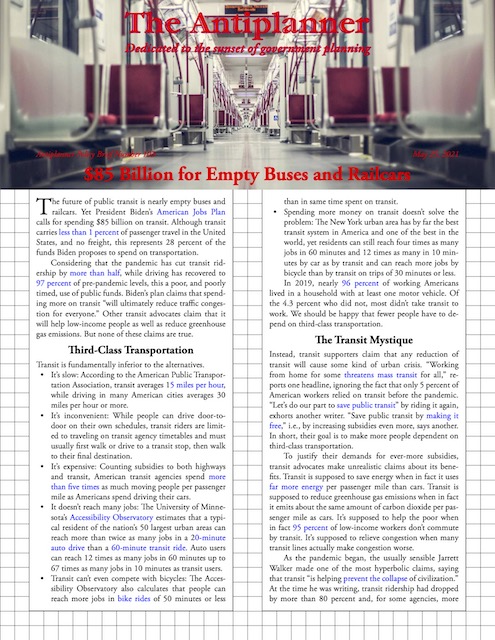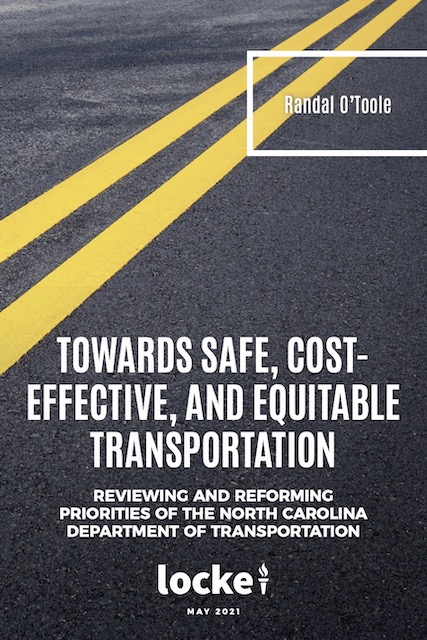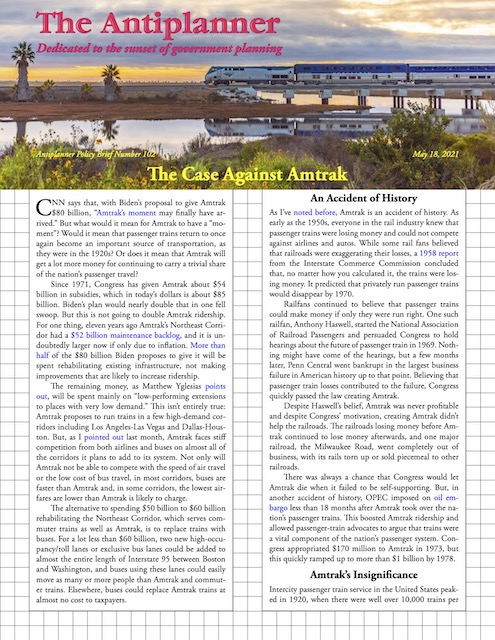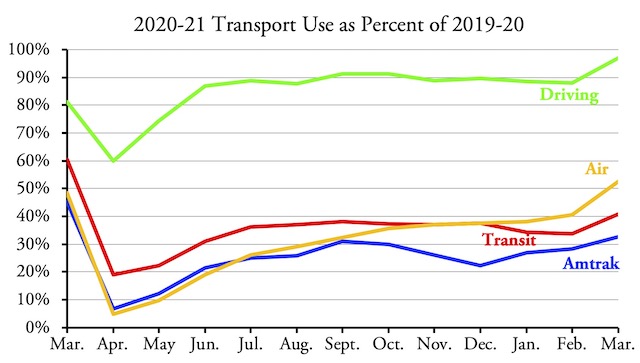President Biden wanted to spend $2.25 trillion we don’t have on projects we don’t need. Republicans countered by saying they weren’t willing to spend more than $568 billion we don’t have on projects we don’t need. President Biden, desiring to show he was willing to compromise, offered to spend $1.7 trillion we don’t have on projects we don’t need.
Now the latest is that Republicans have agreed to spend “close to $1 trillion” we don’t have on projects we don’t need. Whereas Biden hinted that he would agree to raising taxes on corporations and people who earn more than $400,000 a year to pay for part of his plan, a key provision of the Republican proposal is that taxes won’t be raised on anyone to pay for it, thus absolutely ensuring we won’t have the money to pay for their infrastructure projects we don’t need.
It is easy to say that this is just politics, but I can’t help but feeling that everyone inside the Beltway has gone nuts. As I noted earlier this week, Democrats have successfully moved the goal posts so far out that Republicans think that spending nearly $1 trillion in funny money is a fiscally conservative proposal. Continue reading





 Wheels that are too narrow will slip off tracks at joints like these, known as “frogs.”
Wheels that are too narrow will slip off tracks at joints like these, known as “frogs.” 





